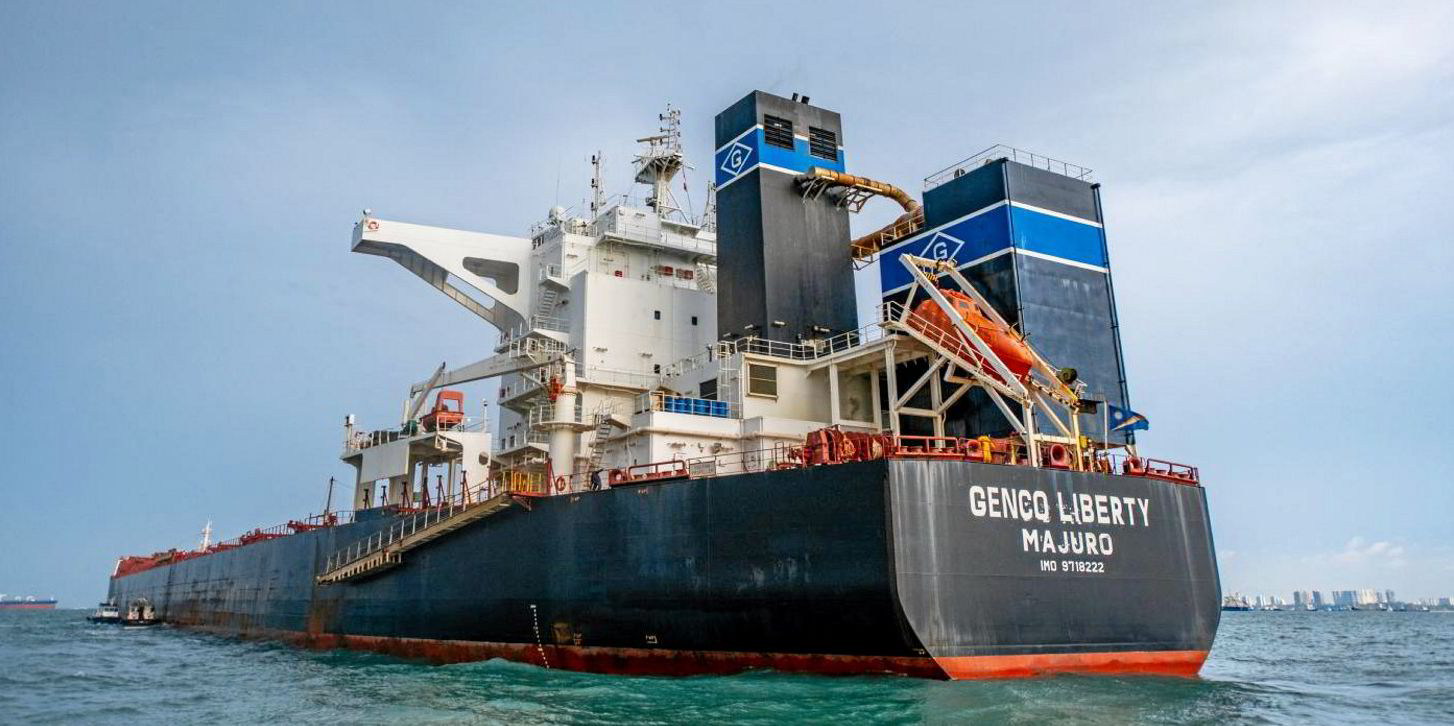Clarksons' ClarkSea Index has reached its highest level in over 12 years on the back of the continued strength in containership and bulker markets.
Earlier this year, the average of the cross-sector earnings index in the first quarter was the strongest in over a decade.
Now it has reached another milestone, with the index’s average in May 2021 reaching its highest level since the $28,737 per day seen in September 2008.
“Following the strong start to 2021, with the ClarkSea Index averaging $17,461 per day in the first quarter, further improvements in a number of shipping sectors have continued to drive the Index upwards,” the shipbroker said.
After averaging $21,301 per day in April, the ClarkSea Index rose further in May to $24,960 per day.
“This exceeded the very strong levels in October 2019 ($24,057 per day) and April 2020 ($22,966 per day) when two tanker market ‘super-spikes’ had driven the ClarkSea Index to decade-highs,” Clarksons said.
“The May value was also notable for representing the eighth consecutive month of improvement, the longest stretch of month-on-month gains since 2000.”
Clarksons said containership charter rates have “continued their extraordinary upwards surge”, with the boxship element of the index reaching a new record level in late May — treble the 2020 average — on the back of “strong trade volumes and severe logistical disruption and port congestion”.
Meanwhile, average bulk carrier earnings in May reached the “highest since 2010”, with the strength that had been seen in the medium and small bulker sectors late in the first quarter enduring and capesize earnings firming to a seven-year high, with support from improving trade volumes and port congestion.
Historically, the May average was almost double the average since the financial crisis and was stronger than 85% of all months since 1990, according to Clarksons.
However, the shipbroker said the recent period of impetus is still clearly different from the sustained ‘boom’ of the 2000s.
“So far, the index has only remained above $20,000 per day for three months, compared to an almost unbroken stretch of five years from late 2003 to late 2008, with 14 straight months in 2007-08 recording a value of over $30,000 per day and peaking at $48,494 per day in December 2007,” Clarksons added.





